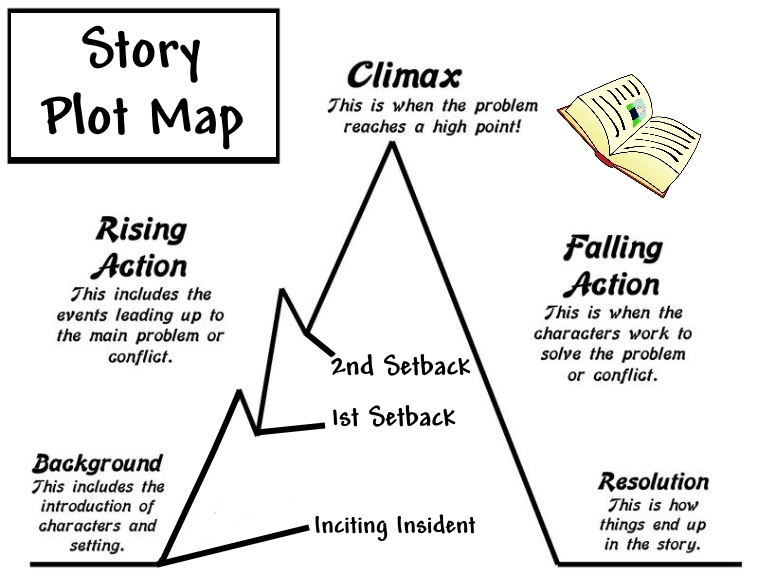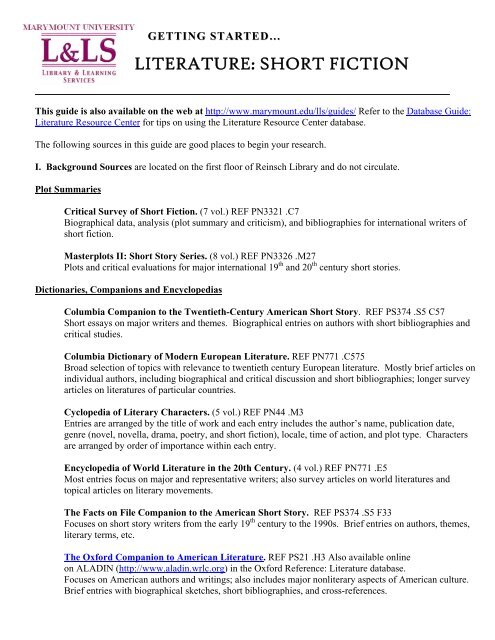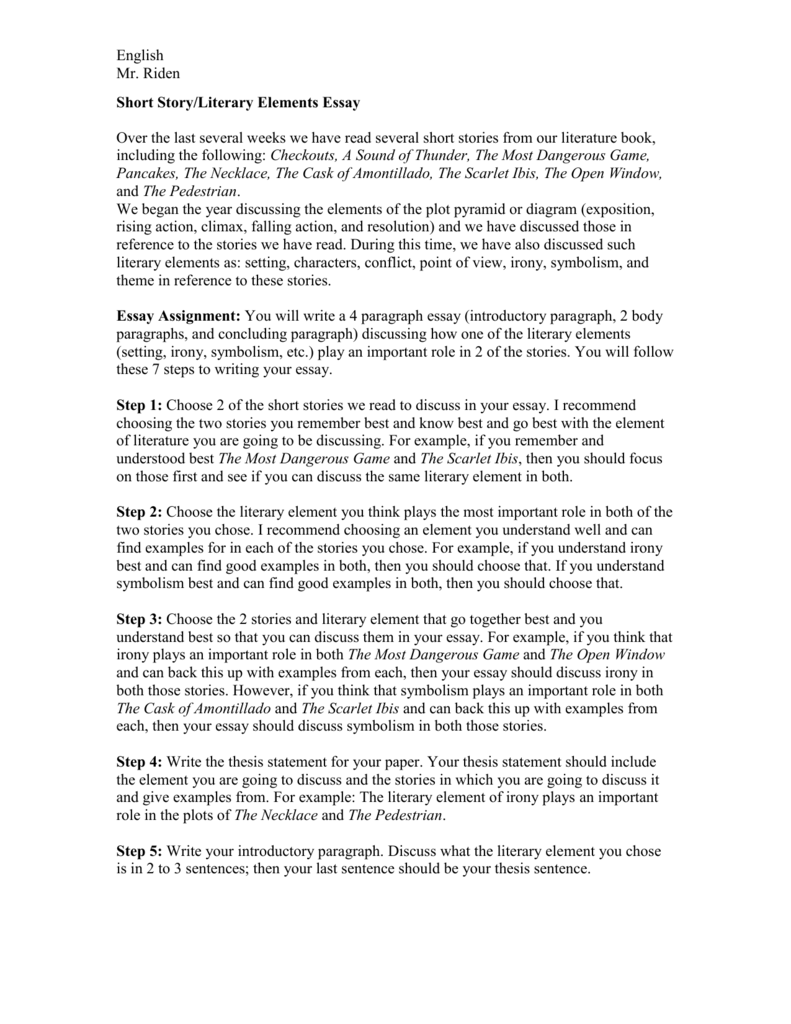7 Plots In Literature

Definition:
In literature, the concept of a periodic structure refers to a particular placement of sentence elements such as the main clause of the sentence and/or its predicate are purposely held off and placed at the end instead of at the beginning or their conventional positions. In such placements, the crux of the sentence’s meaning does not become clear to the reader until they reach the last part. While undeniably confusing at first, a periodic structure lends a flair of drama and romanticism to a sentence and is greatly used in poetry.



Example:
Instead of writing, “brokenhearted and forlorn she waited till the end of her days for his return” one may write, “for his return, brokenhearted and forlorn, waited she till the end of her days”.
Prezi’s Big Ideas 2021: Expert advice for the new year; Dec. How to increase brand awareness through consistency; Dec.

20 Types Of Plots
Booker lists the 7 basic plots as: 1. Overcoming the Monster 2. Rags to Riches 3. Voyage and Return 5. James Payne, London, UK. Add your answer. The March 1st 5 Pages workshop will open for submissions on Saturday, March 7 at noon, ET. It's a great opportunity for selected participants to be mentored by three published authors through three rounds of revisions and to receive additional feedback from our literary. Overcoming the Monster. Overcoming the Monster stories involve a hero who must destroy a. Plot Conflict So what are the differences between these elements? Theme The theme is a common idea that is incorporated and repeated throughout a literary work. A theme is often also called “the moral of the story.” The author uses the characters, plot, and other literary devices to build and enhance the theme.